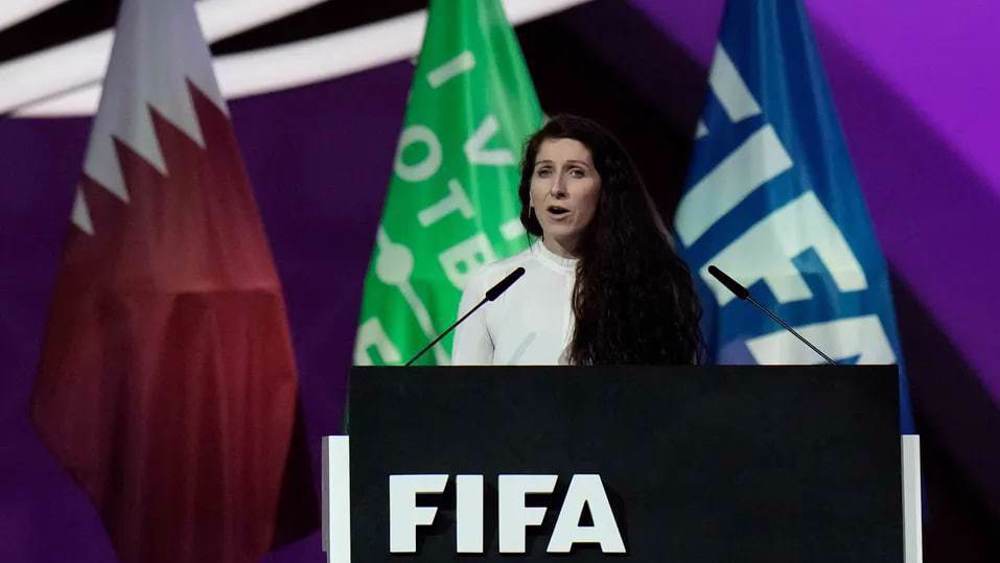Spain to reclaim its past lead in renewable energy sector: Report
Spain, which was once a global leader in production of renewable energy, is showing signs that it is bent on reclaiming the ground it lost in the field during the European economic crisis.
According to energy sector analysts, Madrid started to lose ground in the field of renewable energy when it felt the economic crunch starting in 2008 as a result of which the country reversed its policy by slashing subsidies and decimating the sector, AFP reported.
The country, which has about 300 days of sunshine per year and regions that receive strong winds, was a world leader in solar and wind power production during 2007-08, when renewable energy sector was propped up by generous state subsidies.
The subsequent crisis, which started in 2008, led to sharp economic downturn in the country followed by the collapse of a decade-long property bubble, thus, putting the brakes on the development of renewable energy sector with the government gradually reducing its support.
"The change in regulations since 2008 was negative for the entire industry," said Carlos Garcia, a renewable energy specialist at the IE Business School in Madrid.
He mentioned the "pressure" from traditional energy producers that rely on coal, gas, oil and nuclear power as a major factor that served to "stop the development of renewables."
Before the crisis began, companies investing in solar energy, including Puebla, were lured by a law, which guaranteed producers a solar tariff as high as 44 cents per kilowatt-hour for their electricity for 25 years.
The Spanish government, however, did not keep its promise and faced with a severe budget deficit, cut the subsidies that were intended to stimulate the growth of the renewable energy in 2011.
When the conservative Popular Party swept to power at the end of 2011, the new government made more cuts to the state aid, as a result of which, according to Jose Donoso, the head of Spain's solar lobby group UNEF, solar power farms saw their revenues drop 15-50 percent.
Donoso added that the solar power sector has shed 35,000 jobs since 2008 and now employs just 5,000 people.

According to official figures, the country has only added 22 megawatts of photovoltaics capacity last year, compared with 2,270 megawatts in Britain.
Wind power sector has been also hit hard by the change in government’s policy, losing half of its jobs in eight years with no new wind power capacity added in 2015.
The blow, however, has not been solely dealt to small and medium-sized businesses as Spain's flagship renewable energy giant, Abengoa, which employs more than 27,000 people worldwide, has reported that it is close to bankruptcy.
"[The yea] 2015 marks the lowest point in the development of renewables in the past 20 years in Spain," said Spanish Wind Energy Association policy director, Heikki Willstedt, adding, "Spain must make up for lost time and fulfill its goals for 2020."
Willstedt noted that based on the country’s development plan, Spain is committed to meeting 20 percent of its energy needs through renewables by 2020, but the current figure stands at 15 percent.
To meet the goal, the country’s ruling conservative Popular Party has already offered proposals to restart the wind power sector, but has not come up with any solid plans for solar energy yet.
Taking part at the World Climate Change Conference 2015 (COP21) in Paris on November 30, Spain’s Prime Minister Mariano Rajoy vowed to table a "law on climate change" if he is re-elected.
Despite the bleak situation, Garcia argues that Spain has maintained companies "with significant know how" active in this sector, which include Gamesa that survived the economic downturn by expanding abroad, mainly in Latin America.
Experts say despite the dismal picture, Spain is still the fifth largest producer in the world of wind power and the third biggest exporter of it.
Pakistani military conducts airstrikes on militant hideouts in eastern Afghanistan
VIDEO | Displaced settlers frustrated
VIDEO | Christmas: Time for peace
Turkey will bury Syria’s Kurdish militia if they fail to disarm: Erdogan
VIDEO | Christmas in Syria: Hope amidst uncertainty
Israel attacks eastern Lebanon for first time since ceasefire
‘Christ under rubble’: Christians in Gaza mark another Christmas amid genocide
Iran’s president extends condolences to Azerbaijan’s Aliyev over plane crash














 This makes it easy to access the Press TV website
This makes it easy to access the Press TV website